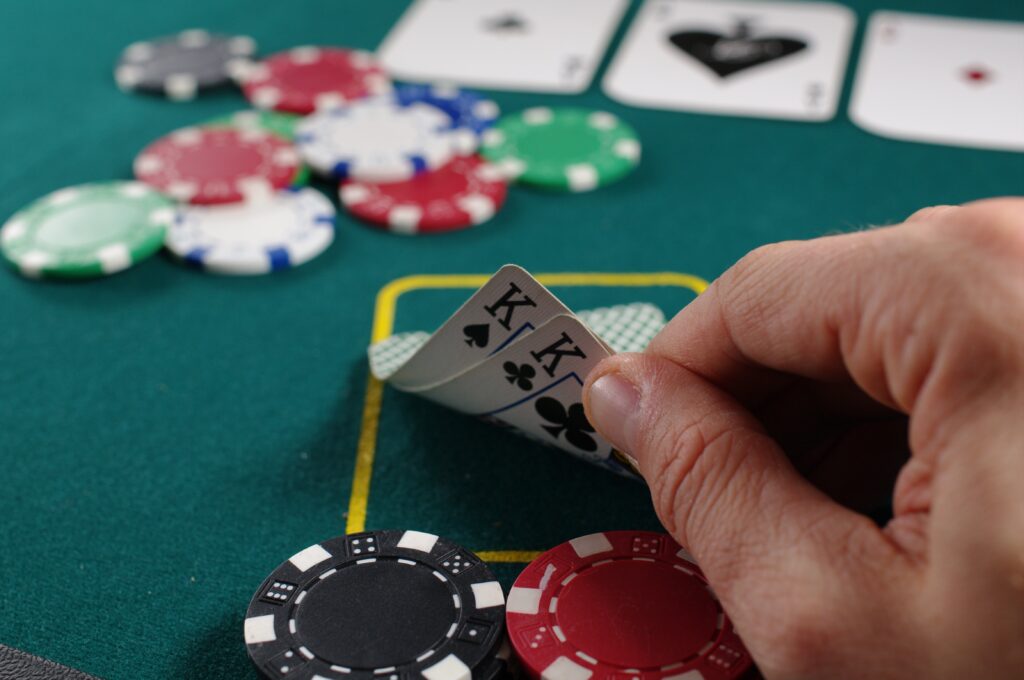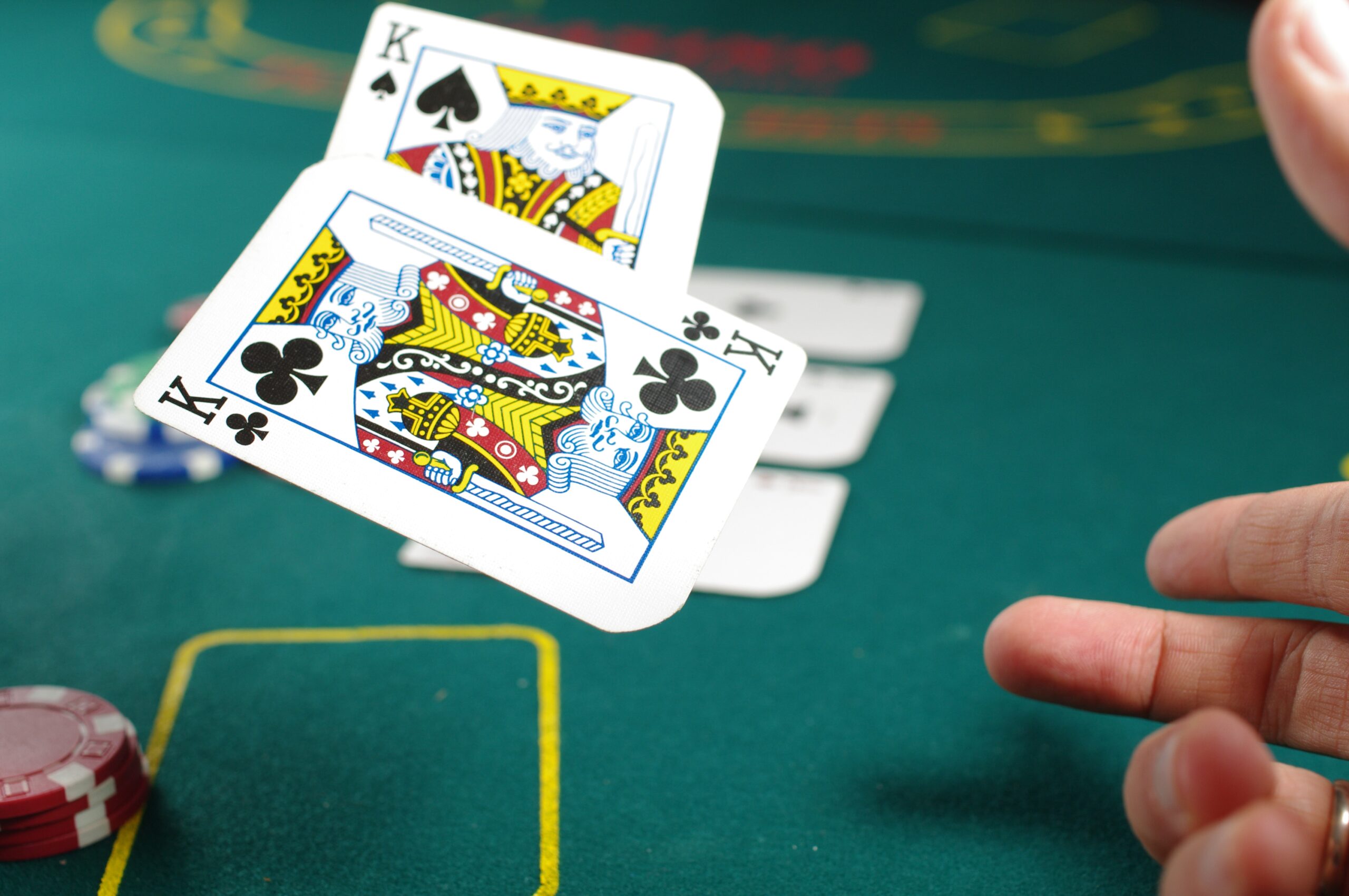With the thrilling nature of poker captivating audiences worldwide, countless players into this strategic game every year.
Whether you’re a novice still grappling with Flush and Straight or an intermediate player trying to expand your horizons, understanding poker styles can significantly enhance your winning capabilities.
One such potent style is the Tight Aggressive (TAG) strategy. Today, we’ll delve into the nuts and bolts of this approach and how it can amplify your poker prowess.
Loose Versus Tight: Understanding the Spectrum
In the world of poker, players are categorically considered “loose” or “tight,” based on the volume of hands they play. Loose players entertain a larger number of hands, while tight players keep their gameplay restricted to select hands.
The TAG methodology hinges on the tight end of this spectrum, with TAG players engaging with less than a fifth of the hands they’re dealt. This means they’re refraining from play preflop over 70% of the time.
Understanding the TAG Approach:
TAG players are selective, opting to play a smaller proportion of hands than their counterparts. The key here lies in choosing quality over quantity.
Calling the bet or raising it essentially distinguishes players as “passive” or “aggressive.” TAG players often veer toward aggressive play, maintaining an assertive stance in most hands they decide to play.
So despite their conservative approach, TAG players can be highly aggressive in playing hands, raising and re-raising, consequently, creating pressure on opponents.
Why Become a TAG Player?
- Risk Mitigation: The TAG strategy is fundamentally about risk management. By playing fewer hands, you’ll inherently be more selective about your starting hands and avoid tricky spots, thereby reducing chances of significant losses.
- Assertive Play: A TAG player’s aggressive gameplay can boost their gaming integrity. This approach allows you to project a formidable image at the table, making opponents think twice before challenging your hands.
- Predictive Advantages: Using the TAG approach simplifies game predictions. By playing fewer hands, you’re more likely to have strong holdings, making it easier to gauge opponent actions.
The Mechanics of TAG Strategy:
To master the TAG approach, begin by refining your hand selection. As a TAG player, your aim should be to enter the pot with stronger hands. Typically, anywhere from 15 – 20% of hands are played, including high pairs, suited connectors, and high ace combinations.
The second critical aspect of TAG strategy is post-flop gameplay. A TAG player makes aggressive bets post-flop, ensuring their opponents face challenging decisions throughout the game. However, remember that aggression should be calculated, not half-arsed.
The key is to think several moves ahead, pinpointing opportunities to raise the stakes but also knowing when to fold.
Implementing TAG Approach:
Like any other strategy, the TAG approach requires practice and patience. Start by gradually decreasing the hands you play while increasing your post-flop aggression.
A great platform could be low-stake online games or friendly poker nights with friends. Remember, TAG is not about being the fastest, it’s about being the smartest.
The TAG approach to poker is a productive blend of tactical hand selection, assertive gameplay, and an inclination to capitalize on favorable positions. This strategy encourages players to make decisions with a good understanding of the game’s mechanics, effectively increasing their chances of walking away a winner.



